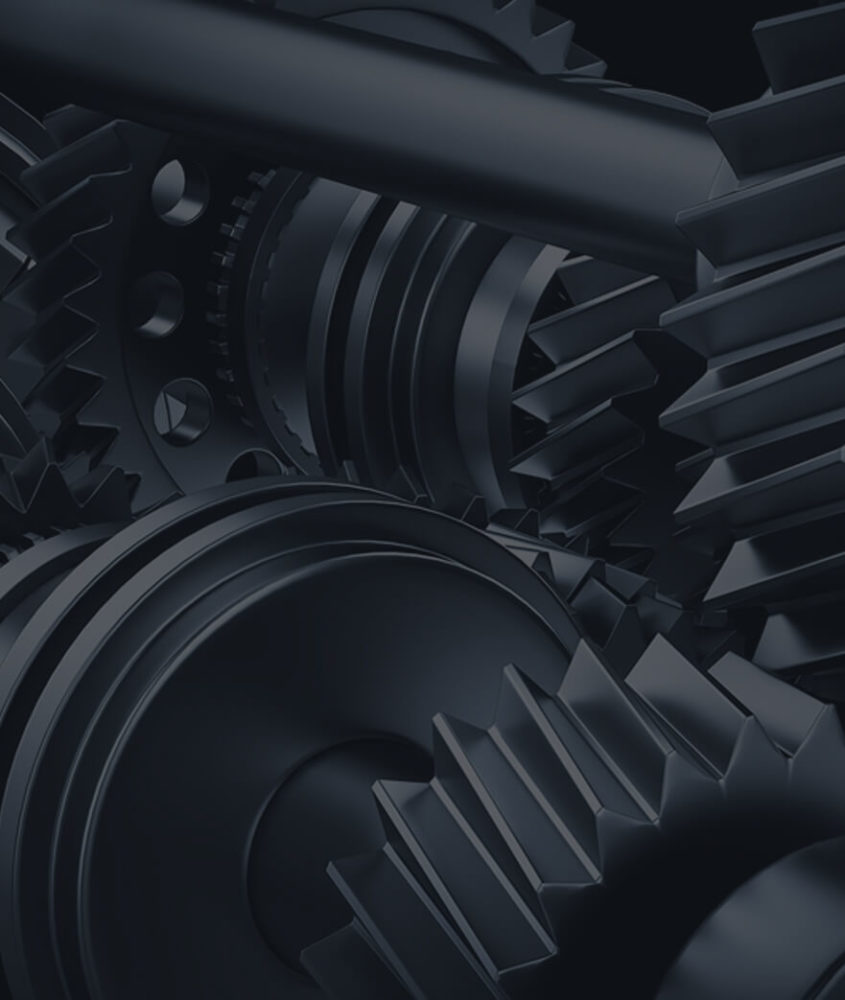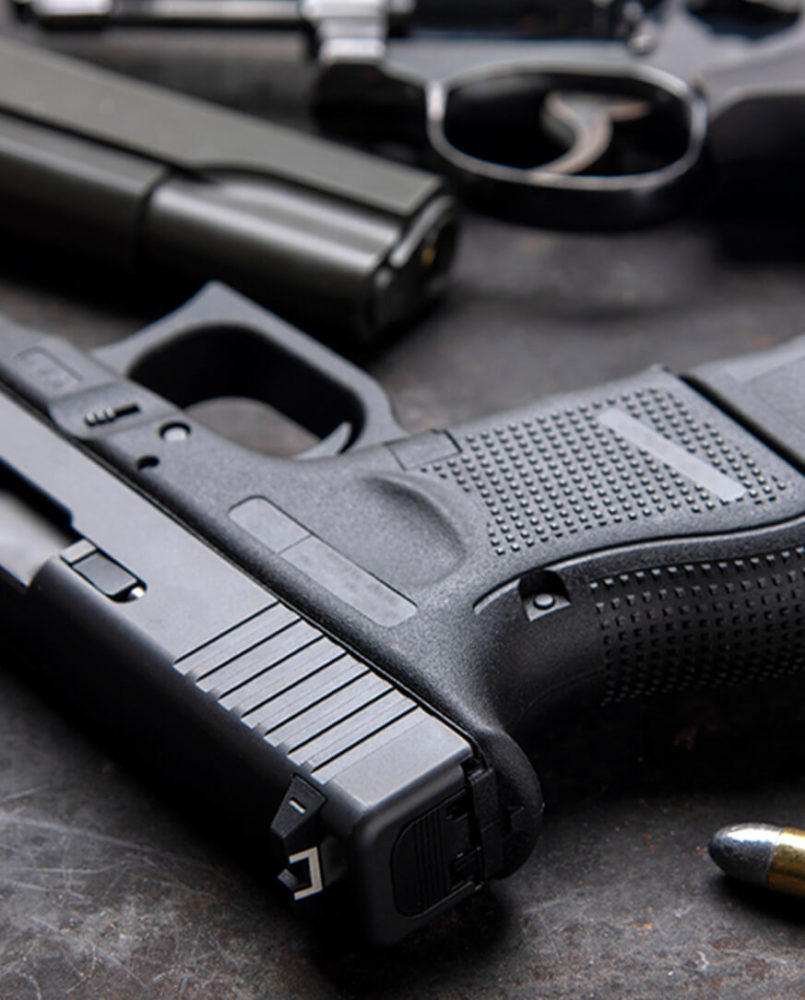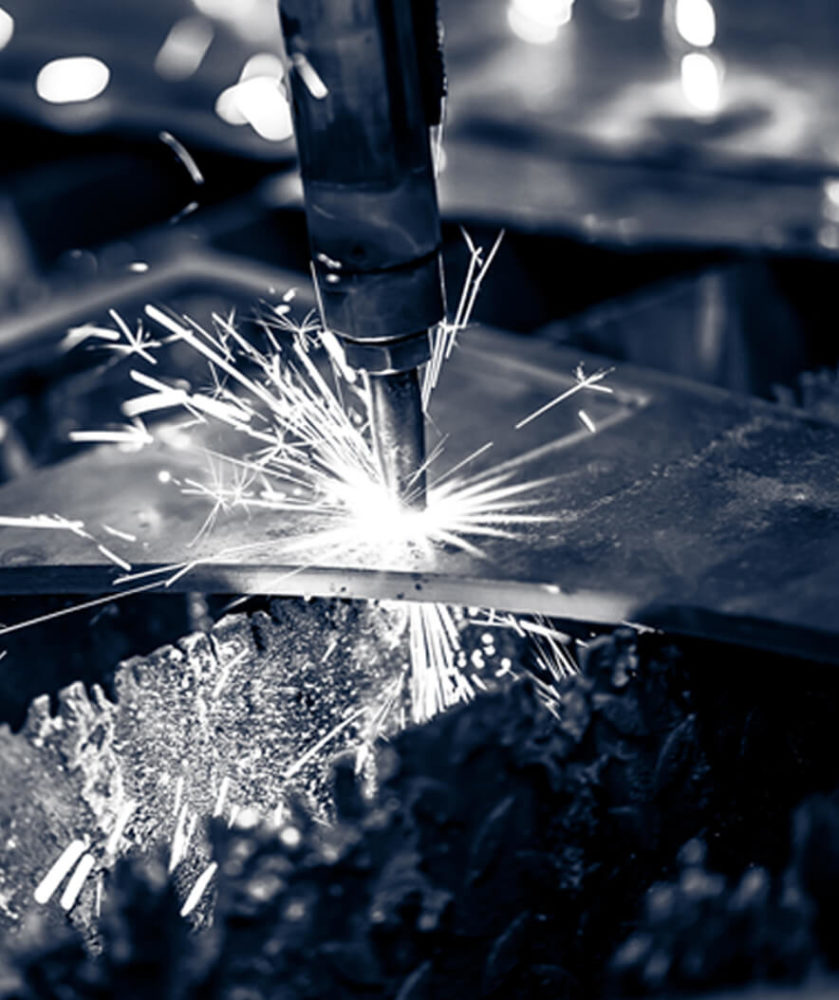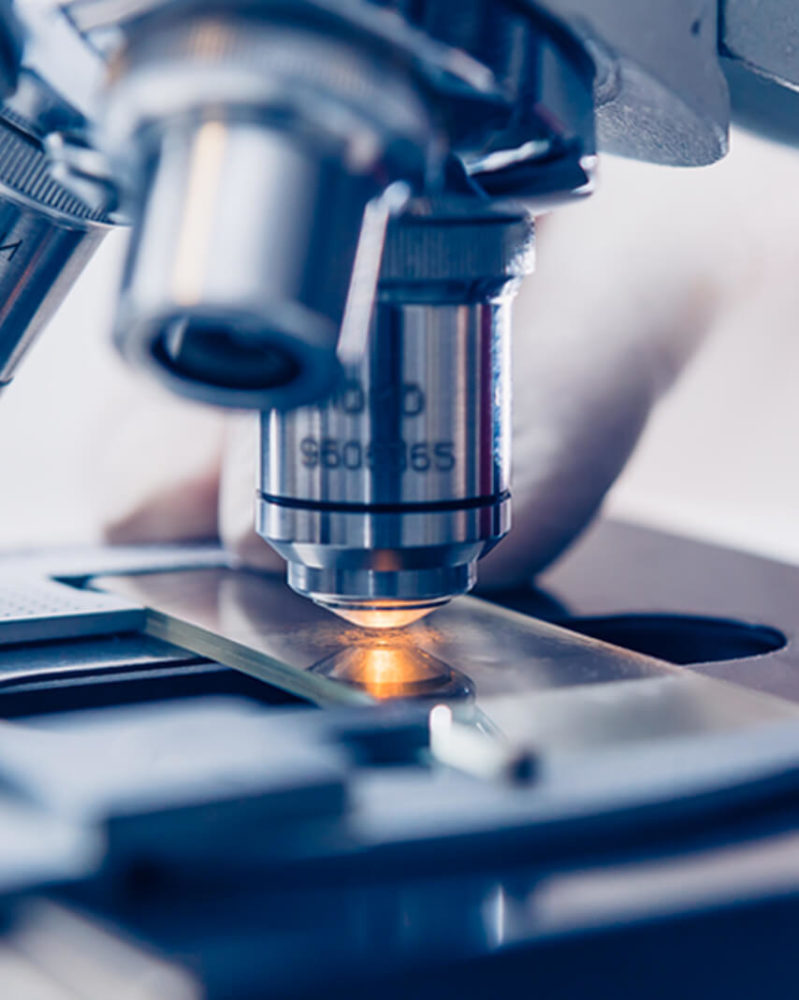Laser Marking Technologies empowers its manufacturing and industrial customers with pulsed fiber laser etching systems for the marking and traceability of metal and metal products in a wide range of industries. These applications can be found in the automotive industry, electronics and electrical industry, mechanical engineering and tool manufacturing, sheet metal processing, medical technology and the jewelry industry.

METAL 

PLASTIC 

NYLON

POLYETHYLENE

SILICONE

GRAPHITE EDM ELECTRODES

CERAMIC
Laser marking systems from Laser Marking Technologies are compatible with a comprehensive material range, depending on your application’s requirements. Although plastics and metals are among the most common substrates, our lasers can also handle composites, ceramics and semiconductor materials like silicon.
Examples of metal types include aluminum, steel, brass, copper, titanium and chrome. Plastics include black Delrin, plastic housings and many other flexible or rigid plastics.
Other material examples include:
Laser etching, engraving and annealing applications involve permanent marking processes that utilize a concentrated beam of light to alter a workpiece’s surface. Many applications depend on laser operations for their safety, fast speeds, cost-effectiveness and the minimal damage they cause to material.
Common types of laser applications include:
3D printing uses digital files to create a three-dimensional object by carving or removing material from the workpiece. This process works well for making products like jewelry, medical instruments, automotive parts and similar products from flexible or rigid plastics.
3D engraving enables manufacturers to produce designs and markings on a product at various depths. The process involves converting an image into a series of points the laser traces on items like signs, jewelry and mold patterns.
Color marking requires a specific focus beam — like continuous or pulsed lasers — to create identifying marks, barcodes or numbers. The process forms a transparent or semi-transparent film on substrates such as stainless steel or titanium.
Laser ablation involves removing layers of material from a part’s surface without damaging the workpiece. Ablation is ideal for removing paints or coatings and works well for various materials, including metals, ceramics and glass. We can automate our ablation equipment for many applications, making it a practical and efficient solution for high-volume manufacturing.
Laser annealing uses direct heat to form a layer of oxidation on a workpiece for a unique color marking. This process is ideal for medical manufacturing because it is corrosion-resistant, helping ensure a long product life span. Annealing also works well for applications prohibiting etching or engraving due to structural weakening.
Laser engraving and etching are marking techniques that remove material from a workpiece’s surface to produce a specific contrast. Although both methods are technically similar, etching creates a marking by removing the outer oxide layer, while engraving makes marks that run much deeper. Both processes are typical for applications requiring serial numbers, barcodes, logos and markings on firearms.
Glass engraving creates marks or patterns on glass by changing a material’s surface through carbon dioxide markings, ultraviolet processes and other high-frequency techniques. Many glass applications are sensitive and require precise calculations because they overheat easily. Wood engraving uses a similar approach to mark a workpiece through controlled burns that achieve various hues and depths.
Laser rust removal involves laser systems operating at high speeds to eliminate rust, dust and other unwanted formations from a material’s surface. Many manufacturers prefer laser removal over harsh chemicals because it’s safer, faster and less likely to damage the workpiece.
Laser welding typically utilizes a continuous wave laser to combine two or more pieces of material. The process creates a strong seam when the substrate is in molten form. Laser welding is popular among automakers and battery manufacturers because of its efficiency and cost-saving technology.
Medical marking utilizes an annealing process to produce identification marks on items like drills, surgical instruments and implants without removing materials. This process works well for medical applications because it keeps the product structurally intact without damaging it, ensuring a long life.
Our traceability and barcode technology can produce standard barcodes in various shapes and sizes, including microscopic marks that help prevent counterfeiting. Many barcodes use the annealing process to create squares and bars.

AUTOMOTIVE
Laser marking is the No. 1 choice for the identification of automotive parts and products, traceability codes, 1D/2D Codes, alphanumeric contents and serial numbers.

CUTTING TOOLS
Laser marking of turning, milling and drilling tools allows for the tool’s surface finish to remain unaltered.

FIREARMS
Cost-effective stainless-steel laser marking machines designed to fulfill the needs of the gun and firearms industry.

MANUFACTURING
Laser marking machines can be used to mark a variety of metals for parts traceability purposes and for 2D coding.

MEDICAL
Laser marking provides high quality marks and readability for metal and plastics devices like implants, surgical instruments, in vitro diagnostics devices and tubes.
At Laser Marking Technologies, we’re committed to providing each client with top-quality products at competitive prices, regardless of industry or business size. We’ll match any price from a competitor for a similar item to ensure you receive the most competitive deal. Simply show us the details of a competitor’s quote to request a price match.
We also offer various financing options to fit your budget, including a lease-to-own plan. Many clients often choose this option instead of buying the equipment outright, allowing them to pay a low monthly cost rather than a large lump sum upfront.